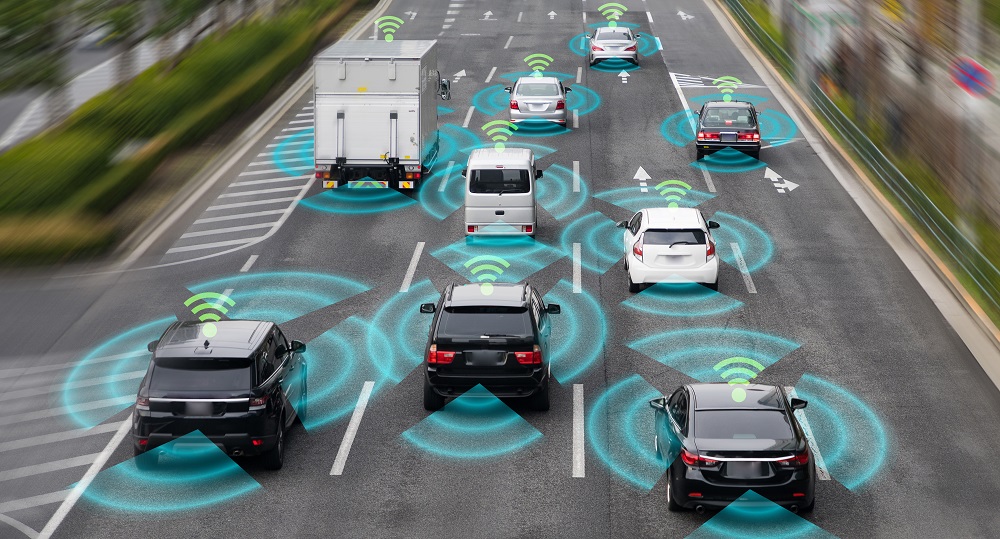Were you hoping a fully autonomous work van could shuttle you to and from job sites in the near future? Keep waiting.
A VentureBeat report says a 20-member research team from MIT published a brief that says fully driverless vehicles won’t happen for at least 10 years, and that their eventual deployement will take place over large coverage areas on a region-by-region basis.
Sure, the delays are technological in nature — but two of the authors of the brief say cost is the other big factor.
“…teleoperation, in which humans monitor autonomous vehicles for safety, is likely to be a “non-negligible” cost in light of research raising concerns about business models. One case study found that robo-taxis would struggle to remain cost-competitive with personal vehicle ownership in San Francisco due to expenditures on remote operators, licensing, insurance, maintenance, and other systems.” — VentureBeat report.
VentureBeat’s article also makes reference to a DOT study from two years ago which highlighted the driverless shuttle sector. It said the market is still too small and is filled with companies that don’t have enough experience in designing validation systems or producing cars.
One area of automation that shows promise
“TuSimple, Thor Trucks, Pronto.ai, Ike, Einride, Kodiak Robotics, Embark, Daimler, Volvo, Waymo, and Aurora are among the startups competing within the $700 billion shipping and logistics market. Simply put, unlike ride-sharing, there’s a real and present need for autonomy in trucking. Driverless trucks stand to save $70 billion annually while boosting productivity by 30%, all of which will help to close a U.S. labor shortage gap the American Trucking Associates estimated at 50,000 truckers in 2018.” — VentureBeat
We wonder if the rise in driverless trucks could offer hope of a driverless fleet of installer vehicles, particularly at large trade firms across the most profitable trades.
Read Next: What Integrators Need to Know About the Future of Workplace Design

















